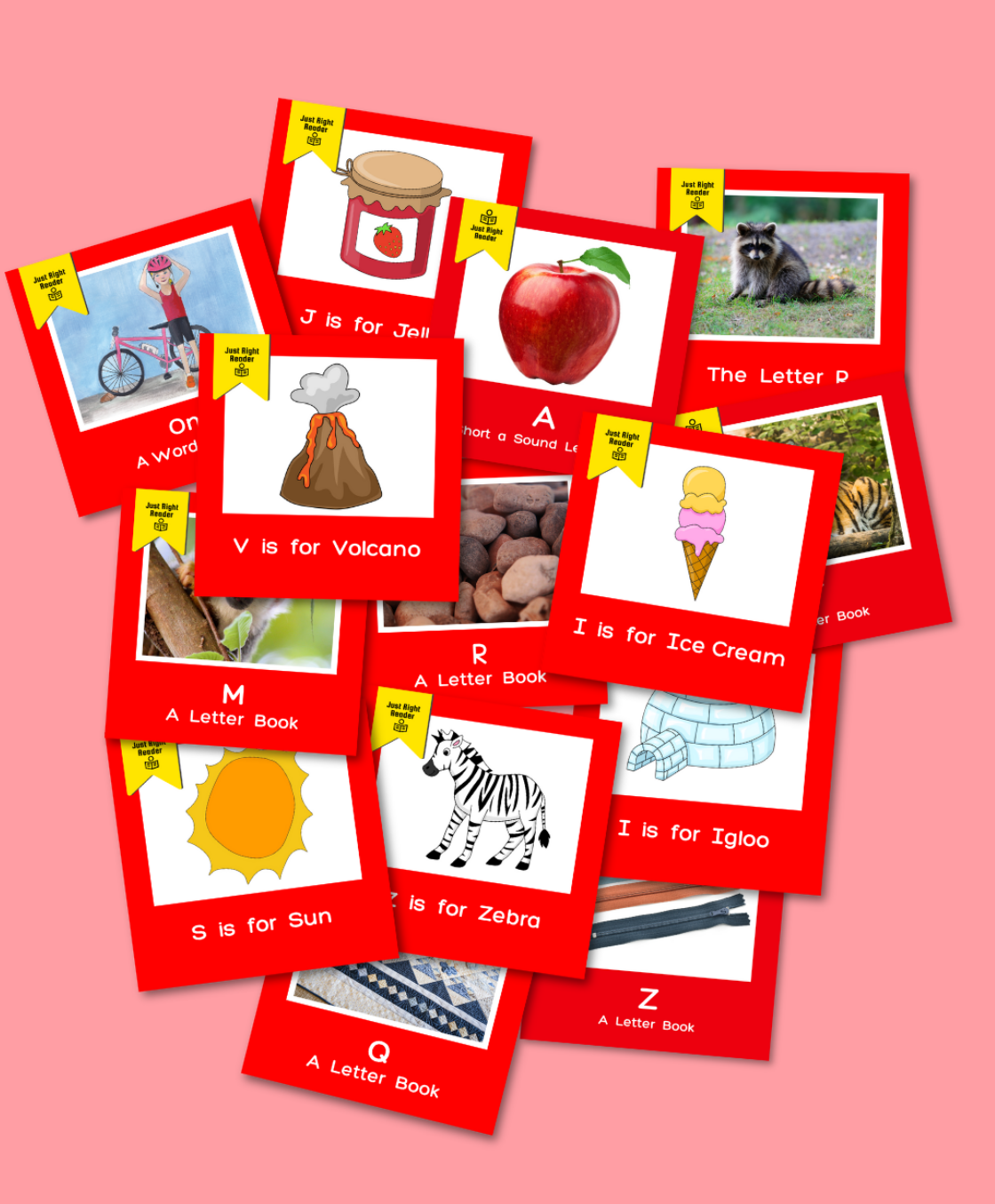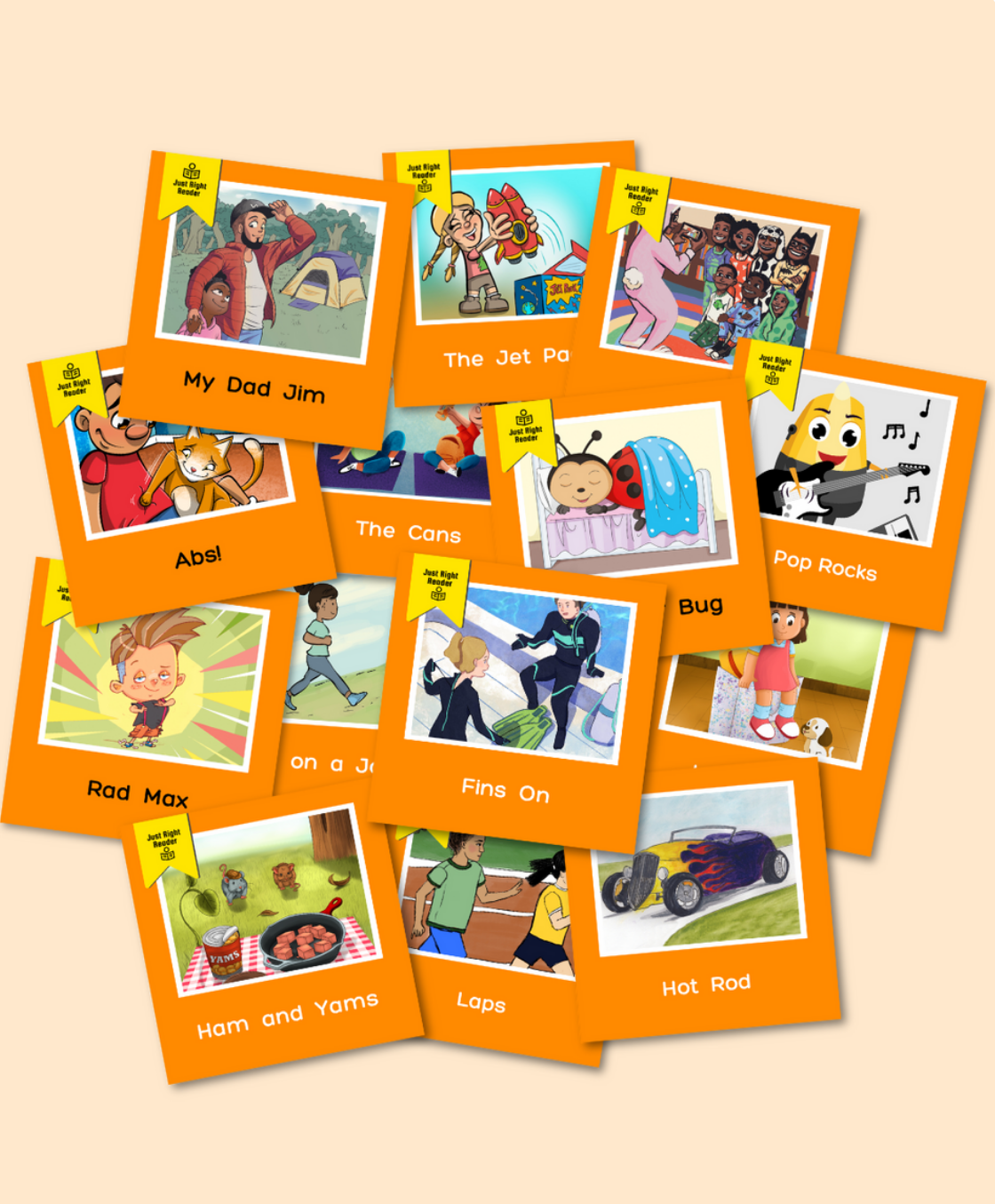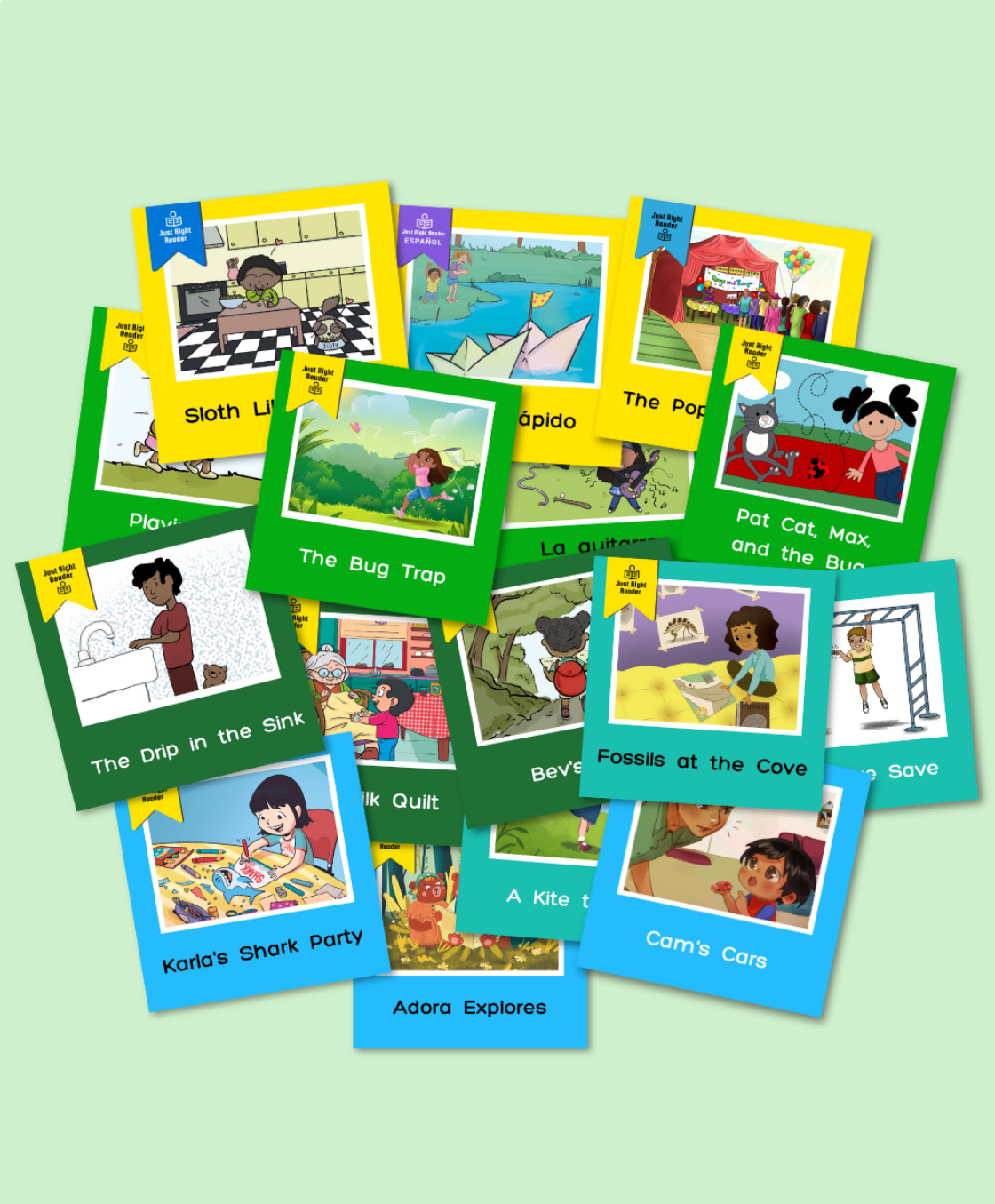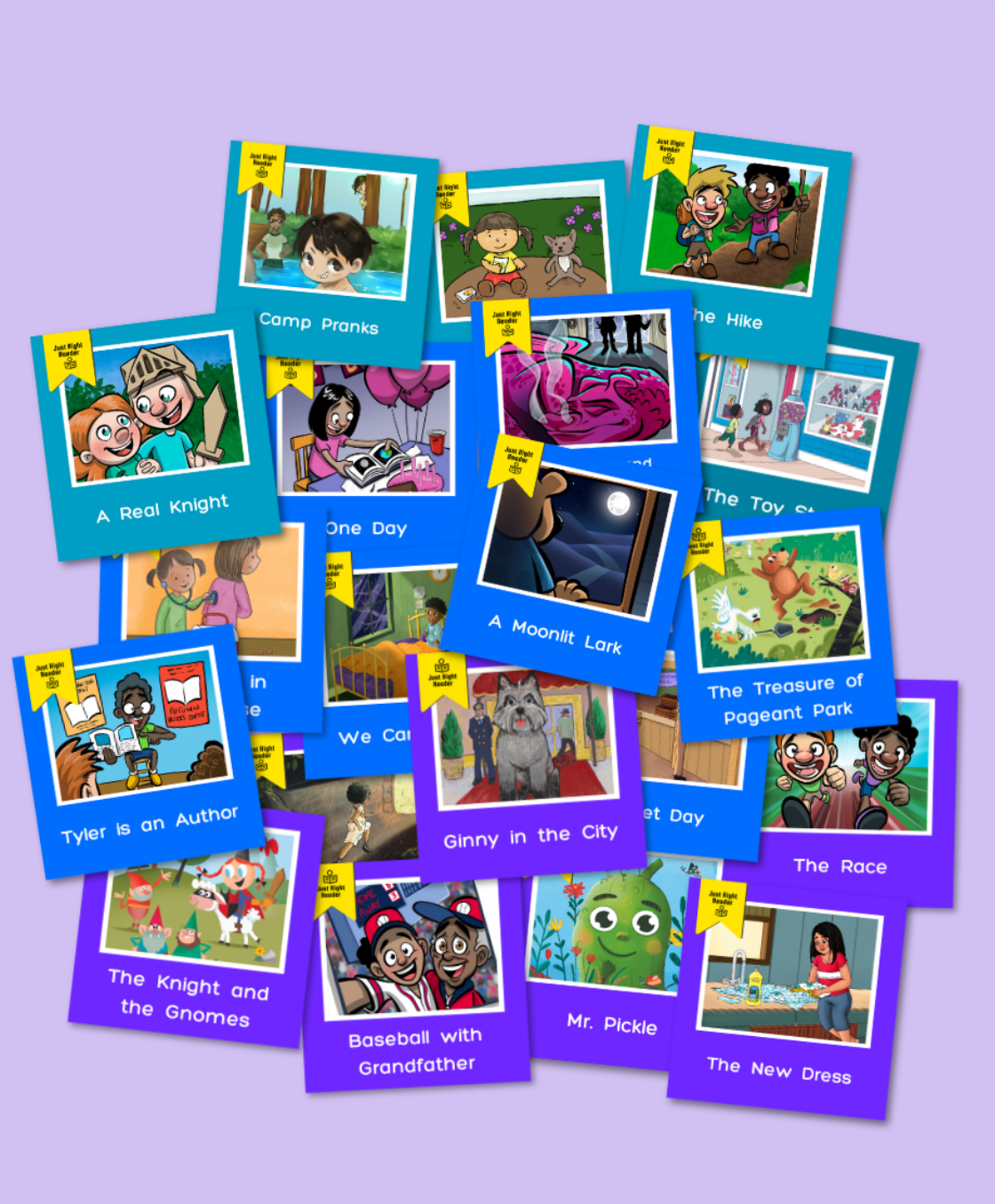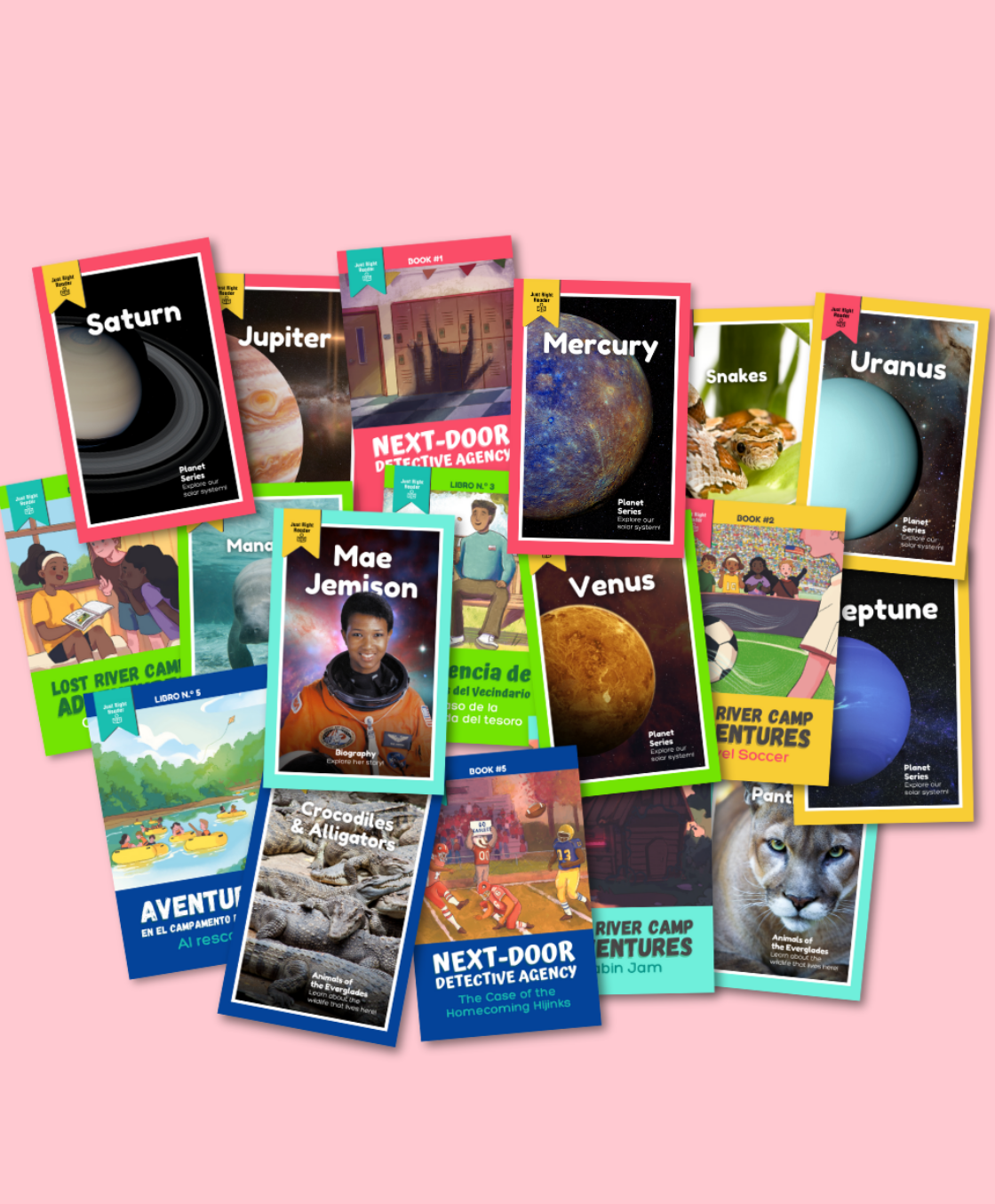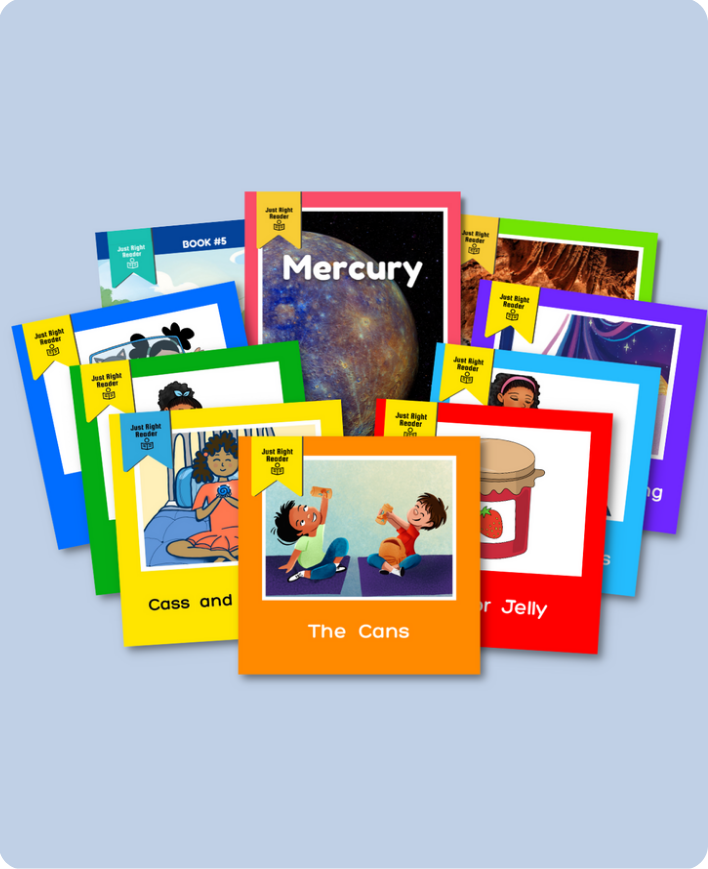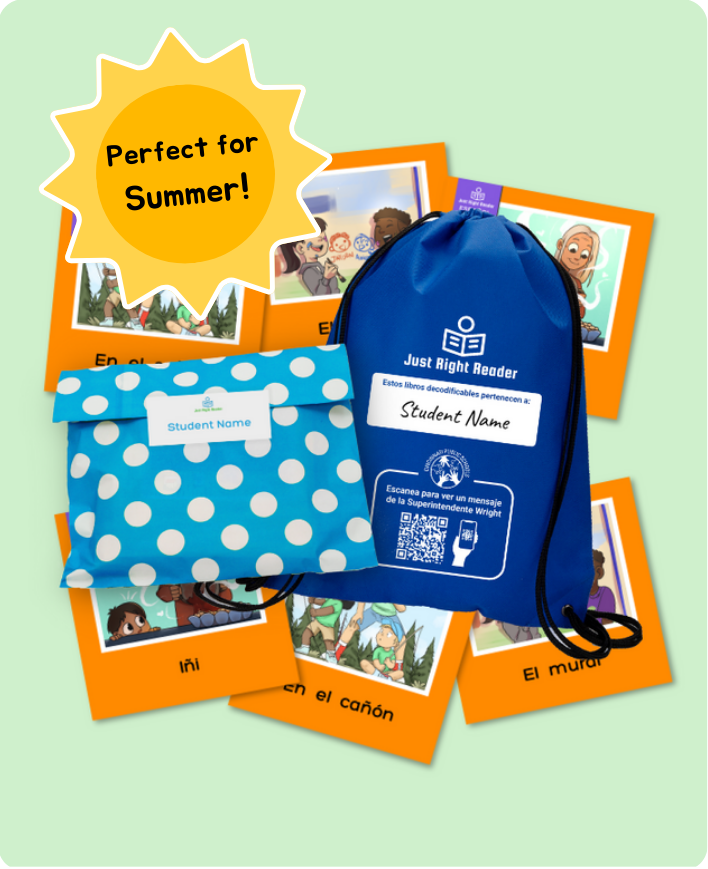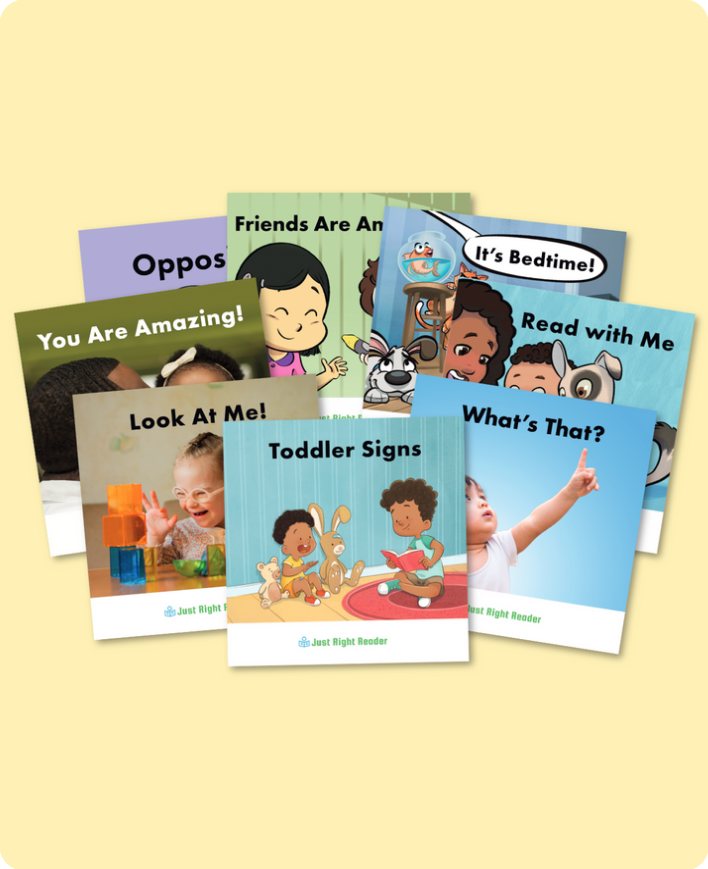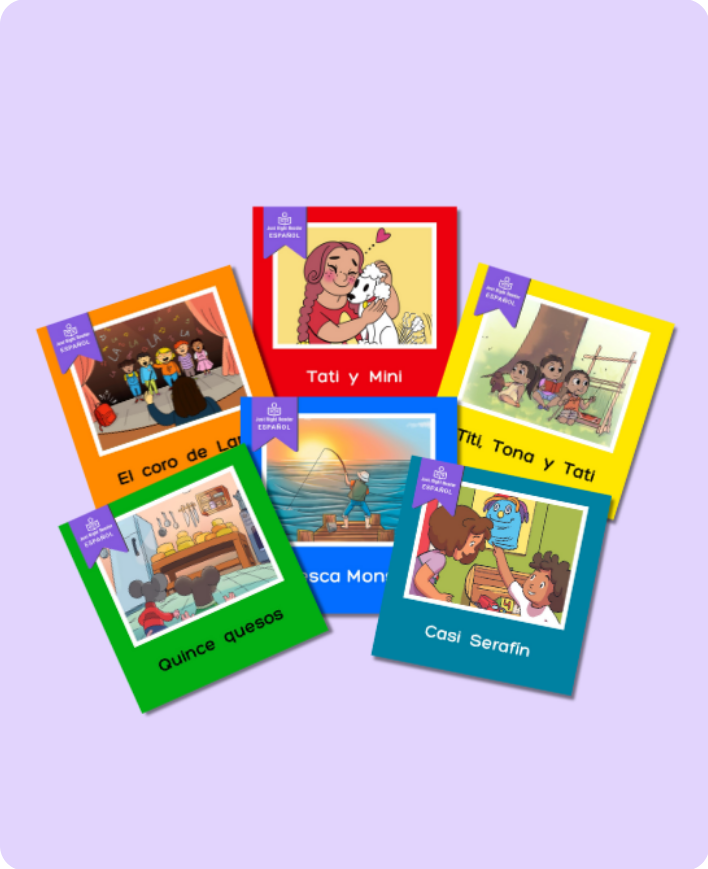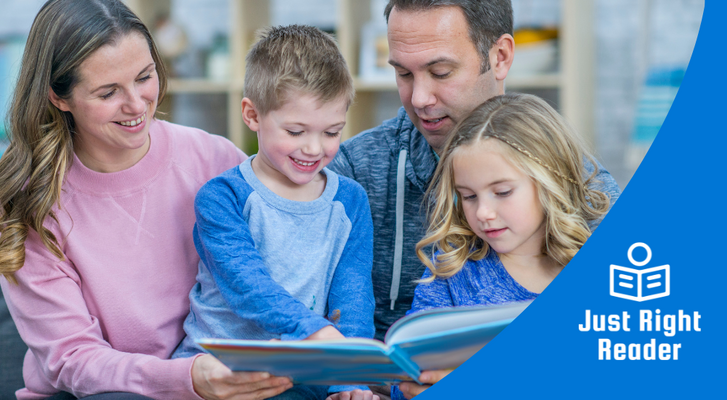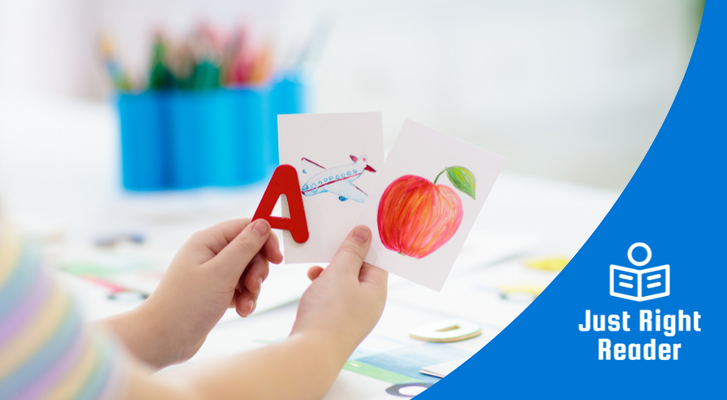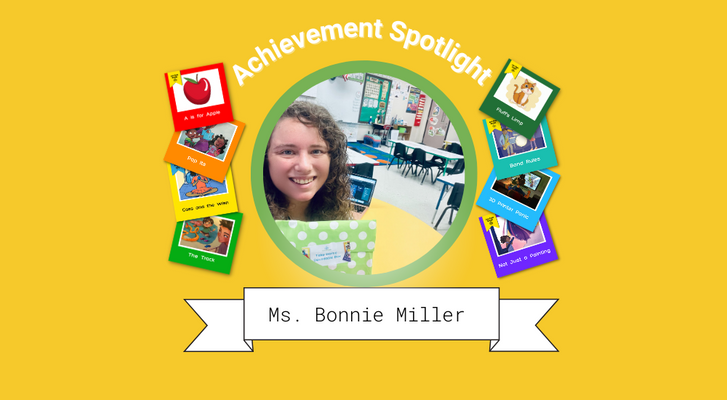
Phonics helps to build the foundation for reading fluency and comprehension. Enhance your literacy instruction with these fun, interactive phonics games that not only boost decoding abilities but also ignite a passion for reading in young learners.
What is Phonics?

Phonics involves teaching students to understand howsounds (phonemes) connect towritten letters (graphemes) to formletter-sound relationships (alphabetics) andspelling (orthographic)patterns.
It begins with the alphabetic principle, the understanding that there is a relationship between the letters of the alphabet and the sounds they represent. For instance, we teach students that the letterd represents the sound /d/ and is the first letter in words such asdog anddad.
Why is Phonics Important?
Phonics instruction is an important component of learning to read. It equips students with the skills needed to decode words and build reading fluency. Children can effectively decode by understanding the systematic connections between letters and sounds. If students can not decode words, they will not be able to understand the meaning of the text.
Effective phonics instruction helps children recognize words quickly and automates reading, crucial for reading comprehension and overall literacy development (Ehri et al., 2001). Research shows that phonics activities enhance these skills and make the learning process enjoyable and motivating (Gambrell, 2011).
Read ourphonics guide for a comprehensive look at phonics and what to look for in curriculum and programs.
10 Engaging Phonics Games to Play With Your Students

Integrating engaging phonics games into your literacy instruction can significantly enhance students' reading abilities. Try these games to make learning phonics an active and enjoyable experience, helping to instill a lifelong love for reading and learning.
-
Phonics Hopscotch
Create a hopscotch grid where each square represents a letter or blend. Children hop on the squares to spell out words, combining physical activity with phonics practice.
-
Sound Matching Bingo
Prepare bingo cards with different phonemes and have children place markers on their cards when you call out words that contain the corresponding sounds.
-
Fishing for Phonics
Use a small fishing pole with a magnet and create fish shapes with paper clips and letters—children' fish' for letters to create words based on a phonics rule you specify.
-
Phonics' I Spy'
Play "I Spy" with phonics by spying things that start with a specific sound or blend. For example, "I spy something that starts with /bl/."
-
Treasure Hunt for Sounds
Hide objects around the room or outdoor area, and have children find items that start or end with a particular letter or sound.
-
Alphabet Soup
Place letters in a large bowl or container. Children use ladles or large spoons to scoop out letters to form words. This game can focus on phonics patterns like CVC words or consonant blends.
-
Phonics Flashcard Challenge
Show flashcards quickly and have children say the sound or word. Keep track of their speed and accuracy to add a competitive element.
-
Build-a-Word Board Game
Create a board game in which players move along a path by rolling a die and collecting letters to build words based on the phonics rules they land on.
-
Phonics Jeopardy
Set up a Jeopardy-style game with categories based on different phonics concepts, such as short vowels, long vowels, blends, etc. Children answer with words that fit the phonics category.
-
Musical Phonics
Like musical chairs, play music and have children pass around objects with letters or words. When the music stops, the child holding the object must say the sound or read the word.
Learn more strategies for making phonics instruction engaging and interactive.
Accelerate Reading Achievement with Just Right Reader Decodables
Just Right Reader’s Science of Reading Decodables enhance phonics instruction with books that are specifically designed to reinforce previously taught phonics patterns in connected text.

Our Science of Reading Decodables feature:
- An extensive library of 750+ titles in English and Spanish
- Engaging and relatable stories with relatable characters and vibrant illustrations that motivate students to keep reading
- Evidence-based, rigorous phonics scope and sequence that aligns to all phonics programs and curriculums
- QR codes that link to memorable video lessons in English and Spanish
- Personalized Take-Everywhere Decodable Packs that extend phonics practice from school into homes
References
Ehri, L. C., Nunes, S. R., Stahl, S. A., & Willows, D. M. (2001). Systematic phonics instruction helps students learn to read: Evidence from the National Reading Panel’s meta-analysis.Review of Educational Research
Gambrell, L. B. (2011). Seven rules of engagement: What’s most important to know about motivation to read.The Reading Teacher
